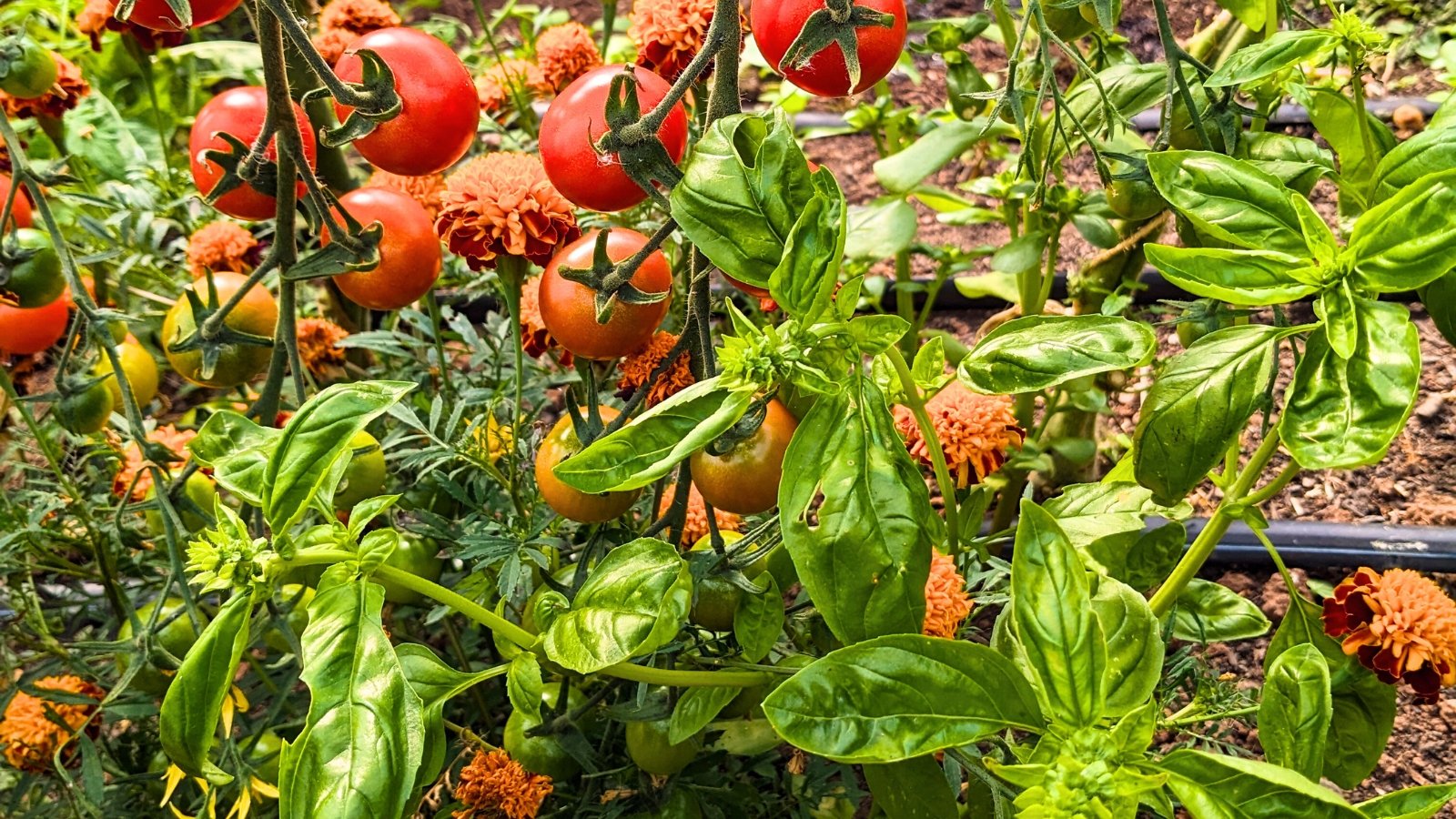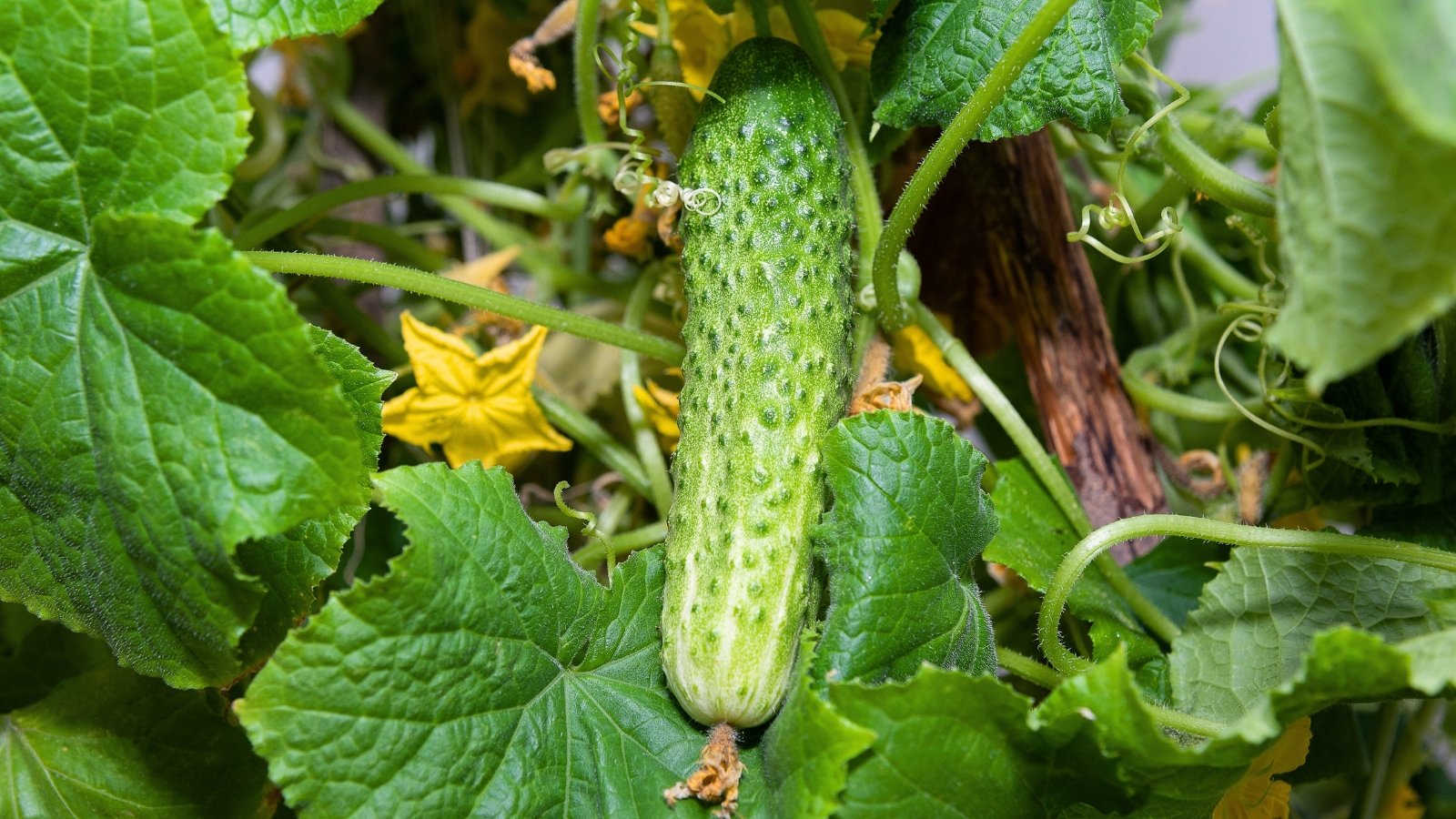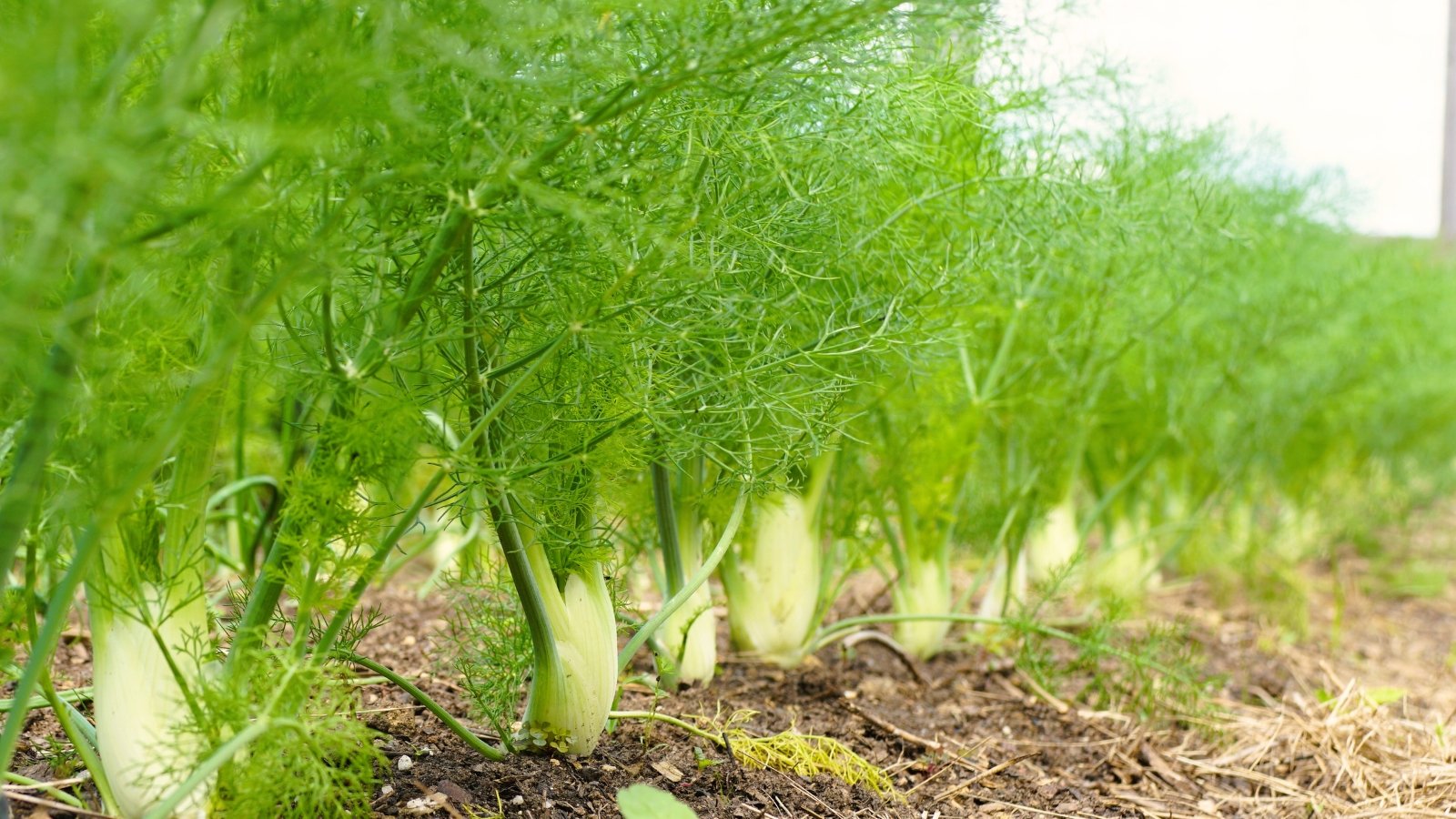PROTECT YOUR DNA WITH QUANTUM TECHNOLOGY
Orgo-Life the new way to the future Advertising by AdpathwayBasil is a delicious and aromatic herb that gardeners worldwide grow for its flavorful leaves and culinary versatility. In the Mediterranean region, it’s a staple in many traditional recipes, and it’s also strongly associated with Southeast Asian cuisine. There is a wide range of varieties, from classic ‘Genovese’ to ‘Tulsi,’ a sacred medicinal herb in India.
As far as being a good neighbor in the garden, basil complements many other members of the vegetable patch. It’s said to enhance the flavor of tomatoes, and works well with many others, such as asparagus, parsley, peppers, chives, and garlic, to name a few. In fact, there are few plants that don’t get along well with basil. Few, but not none.
There are a handful of plants that you should never plant next to this herb for one reason or another. Before we talk about which plants make poor companions for your basil, let’s talk briefly about what makes a good or bad companion in the garden.

Companion Planting
 The right plant friends make growth easier and more fun.
The right plant friends make growth easier and more fun.Companion planting is a method of growing different plants close to each other to achieve specific benefits for one or both of them. Some plants, such as marigolds, are universally regarded as good neighbors due to their pest-repellent properties and relatively low nutrient requirements. Others, like fennel, have few friends in the garden.
The primary benefits of companion planting include pest control, pollination support, improved flavor, space maximization, weed suppression, and soil enrichment. When it’s done right, companion planting can create a better and more balanced environment.
On the other hand, bad companions can hinder the growth of other plants, compete for resources, and exacerbate pest and disease issues. They may also block out light, or lead to problems like root rot if they have different watering needs.
At its worst, companion planting can lead to a diminished crop or infestation of nuisance insects. At its best, however, it’s a low-maintenance way to enhance the health and yield of your plants. It does this using relationships between plants to make them more productive and resistant to pests and diseases.
Basil almost makes the list of universally good neighbors. In fact, the plants it doesn’t work well with are usually to blame for the poor relationship. Here are things that you shouldn’t plant next to your beautiful basil.
Cucumbers
 Big sprawling vines tend to steal the sunshine away.
Big sprawling vines tend to steal the sunshine away.While it’s not the worst match, basil and cucumbers typically don’t mix well in the garden. They have different needs that make them incompatible with each other. Cucumbers need a lot of water to keep their fruits from tasting bitter. Basil prefers moderate moisture, and consistently wet soil can lead to root rot.
Their growth habits are also a poor match, as basil is a low-growing plant and requires full sun. Cucumber vines are large and sprawling. They can easily overwhelm and cast a shadow over your basil plants.
Basil is a shrubby plant that tends to reduce airflow, while cucumbers need a lot of air circulation. Without it, cucumbers are susceptible to powdery mildew and other fungal diseases.
While these two aren’t poisonous to one another, they have conflicting needs. Planting them together can impair the health of both plants. Cucumbers make better neighbors for marigolds, dill, and nasturtiums.

Sage
 Finding companions with matching water needs keeps basil happy with neighbors.
Finding companions with matching water needs keeps basil happy with neighbors.Basil and sage won’t do any chemical harm to one another, but they are incompatible in several important areas. Where basil prefers moderate moisture and fertile soil, sage is the opposite. Sage prefers drier soil and doesn’t require the abundance of nutrients that basil does. Feeding your basil may overwhelm its neighboring sage.
As with their water needs, basil prefers a more humid environment, whereas sage is relatively drought-tolerant and dislikes humidity. This isn’t the most critical factor, but it does play a role in their incompatibility.
Because they have such different needs, these two don’t make ideal neighbors. Sage is better suited to other drought-tolerant herbs, such as rosemary or thyme.
Thyme
 This one stays happiest with less fertilizer and drier earth.
This one stays happiest with less fertilizer and drier earth.You can probably guess why these two are a poor match. It’s for the same reasons that basil and sage aren’t good together. Sage and thyme have similar needs, so pairing either of them with moisture-loving plants is a bad idea.
Thyme likes dry, sandy soil, and overwatering can lead to root rot. While basil needs nitrogen-rich soil, thyme performs better in poor soil. Too much fertilizer will weaken your thyme. It also likes drier air, though it will be fine in a humid climate as long as it has good air circulation.
Common Rue
 Heat and dryness keep this one happy, but others are struggling.
Heat and dryness keep this one happy, but others are struggling.Common rue is a very incompatible companion plant that you should avoid growing with your basil plants. It can actually inhibit its growth. Rue is allelopathic. It produces natural compounds that can suppress the growth of other plants in the vicinity. It is likely to stunt the development of your plant and weaken it overall.
The general weakening of most plants when grown next to common rue can also increase their susceptibility to pests. In general, their health will suffer, and you will end up with a sad, small, unhealthy herb.
These two also have conflicting environmental needs. We know that basil likes moist, fertile soil. It doesn’t pair well with things that like a drier environment. Common rue thrives in dry, well-drained soil with moderate nutrient content. It also prefers hot, arid conditions.
Fennel
 This heavy feeder can outgrow nearby gentle plants.
This heavy feeder can outgrow nearby gentle plants.Fennel is a bad companion for most plants, including basil. In fact, I recommend growing fennel in a container where its root won’t interfere with the growth of anything else growing nearby. It releases allelopathic compounds into the soil through its roots. This can stunt your plant’s development, make it more susceptible to pests and disease damage, and prevent it from thriving in general.
In addition to this prevailing incompatibility, fennel prefers dry, slightly alkaline soil. It likes low to moderate moisture. Basil likes moist, fertile soil that is slightly acidic. The two simply don’t have the same preferences.
Finally, fennel has a deep taproot, and it’s a heavy feeder. It will draw the nutrients it needs via that tap root, and leave shallow-rooted basil without. It’s best to keep these two separate, and truly, to give fennel its own personal space. It’s just not a good neighbor!
Key Takeaways
It’s best to steer clear of plants that will compete for nutrients, as well as those with conflicting environmental needs. Basil is a good companion for many plants. It complements many vegetables in the garden, and can even improve the flavor of some.


 4 weeks ago
21
4 weeks ago
21





















 English (US) ·
English (US) ·  French (CA) ·
French (CA) ·